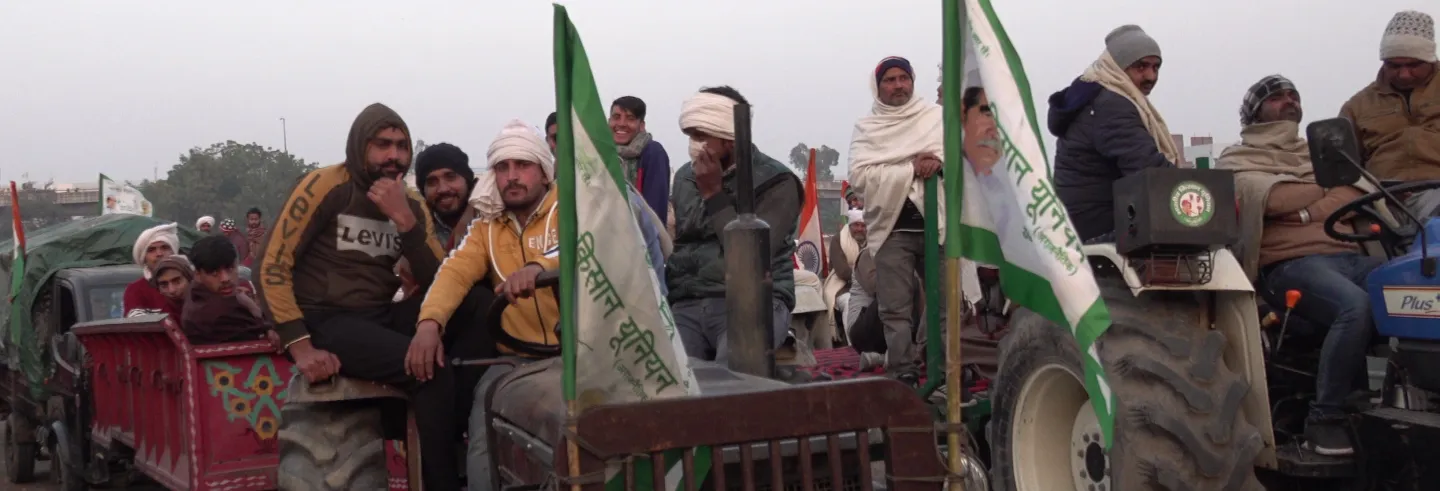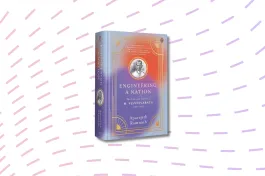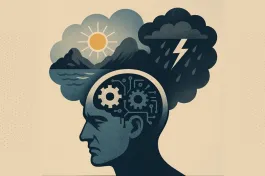Listen to the podcast by Satendra Kumar here.
Following the Bharatiya Janata Party government’s attempt earlier this year to forcibly remove farmers protesting the farm laws on the borders of Delhi, the epicentre of the movement has shifted deep into the Jat-dominated villages of western Uttar Pradesh (UP) and Haryana. The large presence of Muslim farmers in the several kisan mahapanchayats across the region has been read as a sign of a reemergence of a farmers’ identity, an identity that had been torn apart by the 2013 Muzaffarnagar riots that pitted the mostly Hindu Jats against Muslims.
Neither the Jat claim to Hindutva a few years ago nor the re-emergence of a farmer identity in the present happened overnight. The deepening agrarian crisis and changes in social relations in western UP since the 1990s had accelerated social and spatial mobilities in the region, leading to fissures in the farmer’s polity and the BJP gaining politically. A younger generation of upward mobile Jats, dislocated from agriculture, hardly identified with the kisan identity. Urban workspaces and cultures began shaping their socio-political identities. New forms of sociality hitched their aspirations to the politics of the urban upper-middle classes and brought them closer to the politics of the Hindu right.
But the Covid-19 pandemic and the declining economy have now made these very young Jat men reclaim the kisan identity and identify with the farmland.
The decline of farmer politics
The Jats have dominated land ownership in western UP since at least the mid-19th century. The introduction of the Green Revolution strengthened their position further. From the 1960s onwards, Chaudhari Charan Singh, organised the Jats and other middle castes under the banner of the kisan movement. Singh, who went on to become prime minister, founded the Bharatiya Kranti Dal (BKD) in 1967, and the Bhartiya Lok Dal (BLD) in 1974 by merging the BKD with opposition parties to the-then hegemonic Congress party.
Singh’s political decline in the 1980s led to the Bharatiya Kisan Union, led by Mahendra Singh Tikait, to fill the political vacuum in the farmers’ polity. Formed in 1978, the BKU provided a wide and inclusive platform to various rural groups including labourers, marginal and middle farmers across different religions. The Jats and Muslims worked together in this movement (Gupta 1997). In the 1980s, the BKU organised several protest movements for cheap electricity and higher prices of crops, most famously the week-long ‘Boat Club Rally’ protests in New Delhi in 1988. In western UP’s districts of Muzaffarnagar, Meerut, Ghaziabad, Bulandshahr, and Aligarh, the BKU represented the strength of Jats and the marker of their identity as kisans.
The feeling amongst Jats that they were losing political ground to Muslim lower castes were increasingly capitalised on by the BJP and RSS.
The loss of political co-ordination among rural landowners since the 1990s can be connected to a process of greater democratisation in UP politics associated with the rise of the Samajwadi Party (SP) and the Bahujan Samaj Party (BSP) and the BJP. The SP and BSP gave representation to the backward Pasmanda Muslims. As landowners, Jats had been jajmans, or patrons, to the artisanal- and labouring-caste Pasmanda Muslims, who were treated only as a vote bank by the upper castes and the Congress Party. By 2012, there were 26 Muslim MLAs out of the 77 in 12 districts of western UP. The majority of them were Pasamanda or non-Ashraf backward Muslims, groups which would have hardly dared to contest elections against Jats three decades ago.
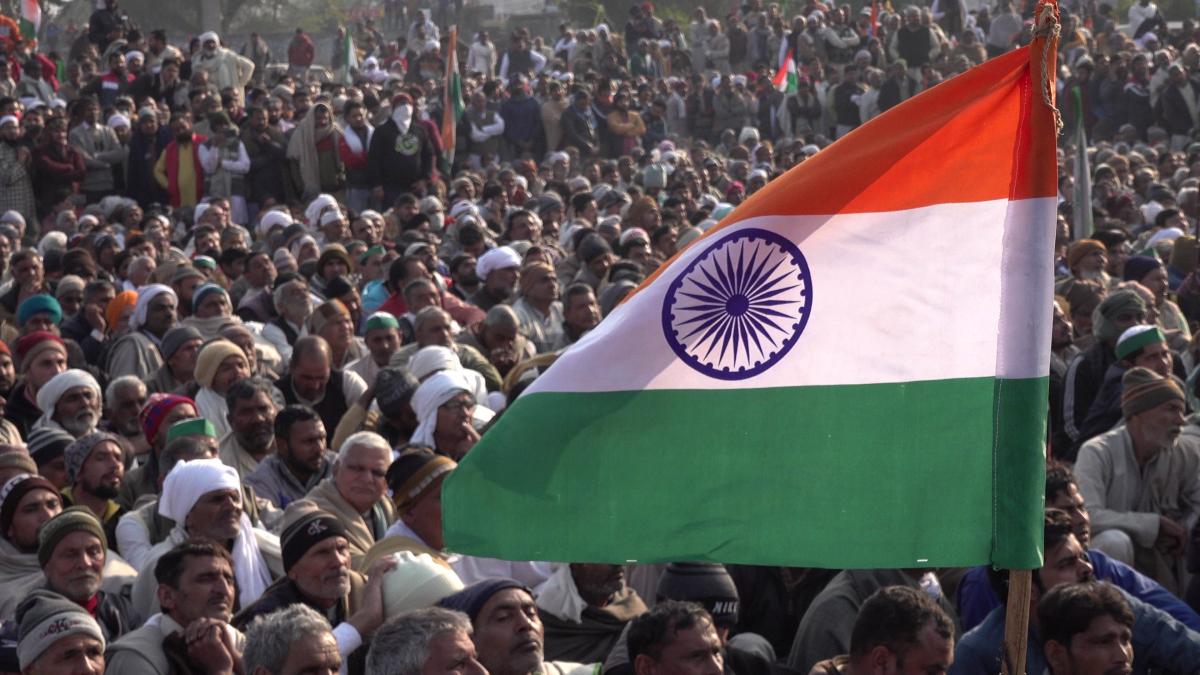
The independence from jajmani, combined with universal suffrage, created political and economic competition between the Jats and their clients. The younger generation of these formerly subordinated castes now demand equality and assert their right to be respected in everyday interactions. This assertion by marginalised groups has created tensions that often lead to skirmishes and conflicts. The disintegration of vertical relations and decline in everyday interactions between different caste-communities, and the growing disconnect of the younger generation from the village’s social norms have weakened the capacity of the rural society to absorb and resolve everyday conflicts.
The political empowerment and rise of the backward Muslims, particularly the erstwhile kamins (clients), rearranged political relations in western UP. The caste and reservation politics of the SP and BSP eroded the farmer identity and the strength of the BKU. The rump of Charan Singh’s Lok Dal, renamed as Rashtriya Lok Dal (RLD) by his son Ajit Singh,gradually shrunk in Jat populated districts. These changes reduced the ability of the Jats and to use their power and resolve conflicts in their favour. The feeling amongst Jats that they were losing political ground to Muslim lower castes were increasingly capitalised on by the BJP and RSS.
New identities and rise of the BJP
These shifts have brought the younger generation of Jats in contact with the larger north Indian urban Hindu middle-class ethos, changing their tastes, language, rituals, symbols, and politics. Changes in aspirations and identities forged by the new mediatised culture and mobilities have created an altered socio-cultural landscape (Kumar 2018). The increased interactions with the wider world have created intersections between the Jat sense of caste and religion. By giving representation and political offices to youth who have felt stagnated economically and socially, the BJP has tapped into their aspirations.
With agricultural and village festivals on the decline, Jat youths have embraced Hindu rituals and festivals.
An increasing number of Jat youth have shifted away from their Arya Samaj roots and influenced by sects such as the Dera Succha Souda or the Radhaswamis, which are urban-based and have spread to rural western UP. TV channels with Hindu religious programming, such as Astha, have become quite popular. With agricultural and village festivals on the decline, Jat youths have embraced brahmanical rituals and begun participating in kirtans, religious meetings, and functions organised by member-groups of the RSS. There has been increased and more rigid participation in festivals such as the Navratris.
Hindutva groups are active in trying to assimilate the Jats into the larger Hindu identity. The BJP and RSS have appropriated Jat icons, celebrating their birth anniversaries and 'sacrifice days. Myths and populist histories of sacrifices made by Jats while fighting against Muslim rulers circulate as YouTube videos and in WhatsApp groups among young Jat men. For instance, Gokula Jat, a 17th-century zamindar who led a rebellion against the Mughal emperor Aurangzeb, is celebrated as a figure who fought for the Hindu cause. According to these narratives, Gokula was put to death for not accepting Islam. Simultaneously, discourses of ‘love jihad’ and ‘the safety of daughters’ have spread through social media and rumours into the everyday life of Jat farmers.
Such transformations are not limited to the Hindus. Over the last three decades, backward Muslims in western UP too have increasingly exhibited visible markers of an Islamised identity. Many Muslim men assert their presence in public spaces by keeping beards without a moustache, wearing long kurtas, short pyjamas, and white skull cap. Pan-Islamic religious channels like QTV and Peace TV are quite popular among the Muslims in this region. More and more Muslim men and women participate in events of the Tablighi Jamaat movement. Newer ideas about being Muslim from younger men who work in Gulf countries too have influenced the public presence of the Muslim identity.
The emergence of a non-farm economy
Economic and spatial mobilities have fragmented the Jat community similar to any other caste or community The number of big and middle farmers has declined rapidly, and land holdings became smaller through subdivisions. The decline of state subsidies to agriculture, the rising cost of inputs, growing stagnation in farm production and incomes, and ecological precarity have led to large scale shifts in the rural economy towards non-farm economic activities.
Even as they work in urban areas, Jats youth still depend on their rural social networks and on their village homes for farm produce and rations.
Multi-occupational Jat households have become commonplace, with members holding urban and non-farm jobs. The class division among the Jats has sharpened. Some Jats have become middle class, with rich farmers investing heavily in elite education for their sons. Others have lost their lands and even been rendered paupers.
An emerging circuit of jobs and enterprises now connects rural areas with smaller and intermediate urban areas and has redefined the rural. While the mobilities have opened new opportunities in cities and towns for lower- and middle-class Jat young men, the economic gap between them and the upper classes appears to be growing (Fernandes and Heller 2006). Even as they work in urban areas, Jats youth still depend on their rural social networks and on their village homes for farm produce and rations. Several of them commute every day. Those who live in the city spend weekends with their parents in villages. These interdependencies have woven together rural and urban spaces and reshaped social interactions and class relations in dramatic ways.
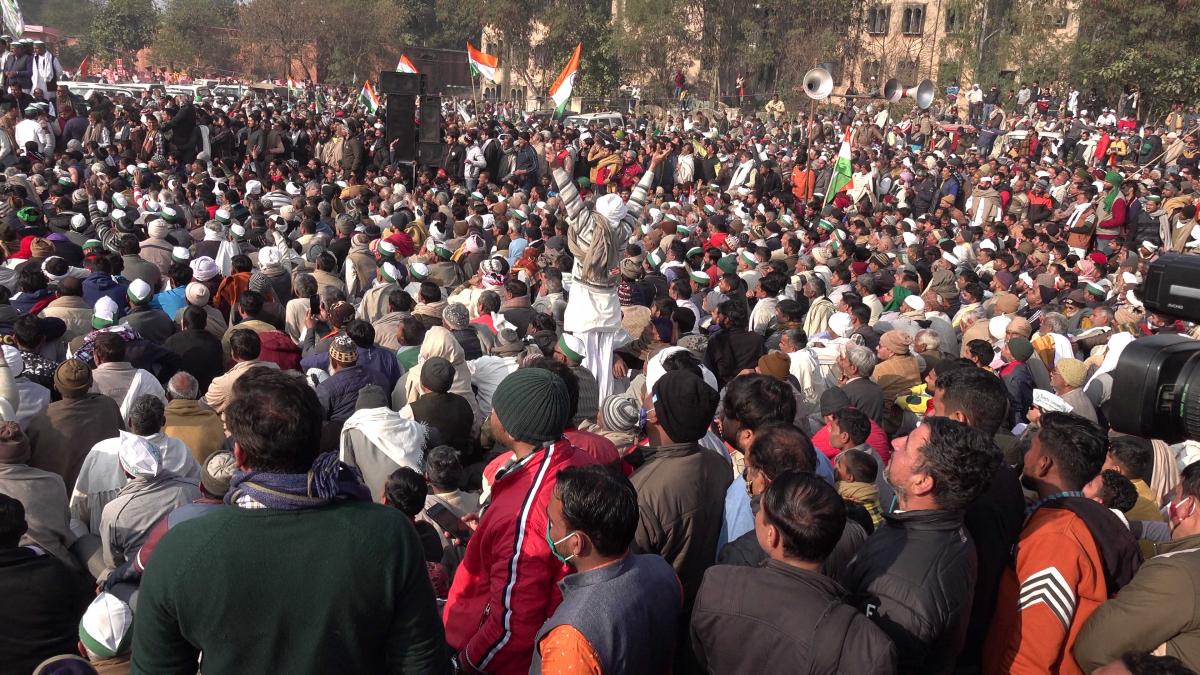
The sons of small and marginal Jat farmers enrol in colleges in Muzaffarnagar, Meerut, and Ghaziabad and look for salaried jobs in these cities. A section of them tries to get jobs in the army, the police, or in government schools. But shrinking opportunities in the public sector leads many of the lower-class young men to look for private-sector jobs or start small businesses. Such work has come to serve as an important source of income and respect for many young men for whom formal sector employment has proved elusive.
Both Anil and his brother long for village life but have no interest to work on the family farm. However, they are proud of owning a piece of land which gives them a sense of security.
Jasvinder, a 24-year-old Jat man, enrolled for an engineering degree at a college in 2016 in Meerut. His original plan, he explained, had been to find a job in the software industry: "I wanted to work for a multinational company." But disillusioned by the futile search, he found a lifeline in the burgeoning fertiliser industry. He started work in 2019 as a field officer and was promoted to supervisor. His work is generally judged by his most colleagues to be respectable, contrasting positively with the kinds of physical labour carried out by his parents.
"I earn around Rs 10,000 a month and the work is quite easy," Jasvinder said. However, he realises that his meagre salary will not be sufficient to live on once he has a wife and children. Without the support from his small farm in the village, Jasvinder cannot survive on his income in the city. Consequently, he spends weekends in his village.
Anil, 25, in 2019 began working as a salesman for Levi’s jeans in Noida. A college dropout, he had failed in his attempt to become a police constable. But he feels that he is a successful salesman. (As he explained, his ability to navigate between the rural and urban was critical to convincing his young customers, who are largely from rural areas.) In Noida, he lives in a rented room, which he shares with his younger brother, a law student. They bring wheat and other provisions from their family in the village since Anil’s monthly salary of Rs 12,000 is not enough to live on in Noida. Both Anil and his brother long for village life but have no interest to work on the family farm. However, they are proud of owning a piece of land which gives them a sense of security.
Reassembling the farmer
The 2014 and 2019 national and the 2017 UP legislative elections produced a new political leadership amongst the Jats. Politicians like Sanjiv Baliyan of the BJP represented the aspirations of youth who perceived Muslims as a threat and who did not associate with kisan politics of the RLD. This newer Jat generation of upwardly mobile salesmen, insurance agents, and field supervisors wanted something more than agriculture, which was doomed and looked down upon in the middle-class urban workspaces.
However, the low-paid and insecure work in the cities, not paying enough to meet minimal living conditions and lead a respectful life, has disenchanted this class of Jats, who continued to depend on resources from their holdings in the village. The Covid-19 pandemic and the lockdown last year has only highlighted the fragility of urban life.
The farm laws have created fear amongst the farmers of losing their lands. This has not only disenchanting the Jats with the BJP but also have merged the farmer and caste identity.
Land is an integral part of the Jats’ identity, giving them a sense of security as the examples of Jasvinder and Anil depict. The farm laws have created fear amongst the farmers of losing their lands. This has not only disenchanting the Jats with the BJP but also have merged the farmer and caste identity.
The rural economy itself has been going through continued distress, with rising costs of electricity, diesel and fertilisers and unpaid dues of sugarcane by mills. The Yogi Adityanath-led UP government’s stringent anti-cattle slaughter measures have devastated the already broken farmers, as abandoned cattle ruin crops. Jat farmers have also been facing a hard time to get agricultural labour and help after the exodus of Muslims artisans and labourers post the 2013 riots. Most importantly, the fear of being killed by each other when out in night in fields for agricultural work had devastated both communities.
These everyday hardships changed their perceptions about each other. The realisation that they need each other has compelled farmer leaders across caste and religion to organise joint Hindu-Muslim Kisan Panchayats in 2017 and 2018. Rakesh Tikait under the banner of the BKU organised a massive rally just before the 2019 elections and led a march to Delhi. Both Hindu and Muslim farmers participated in that rally.
The ongoing farmers’ protest has shown the potential to heal the wounds and unite the polarised western UP society, simultaneously bringing together big, small, marginal and landless farmers as well as the youth for the cause of farmers. This rising farmers’ identity has a great potential to change the political equations in north India.


